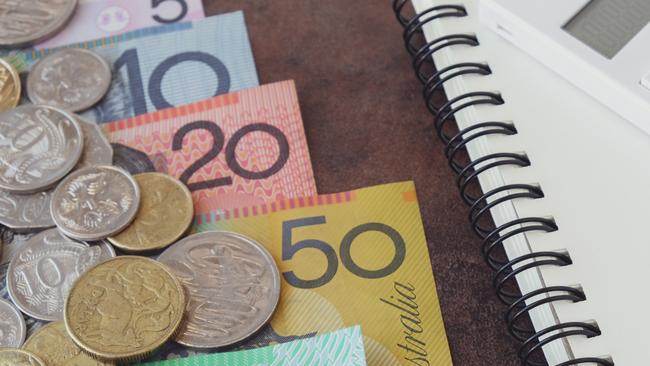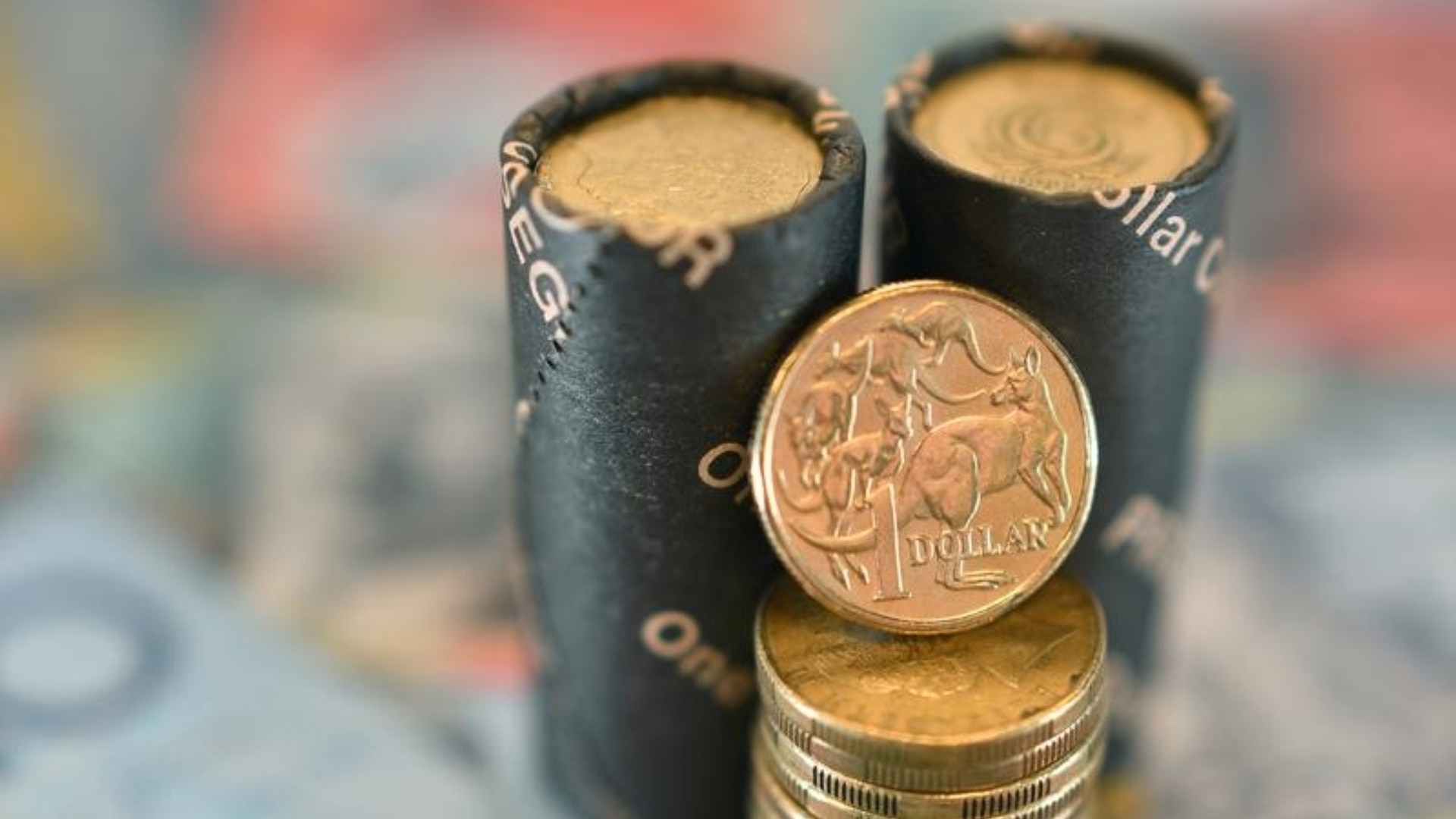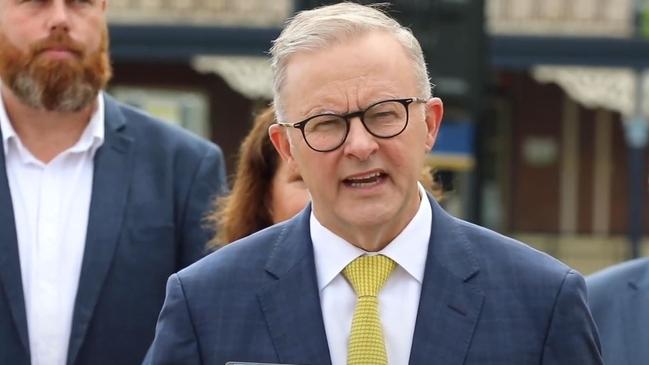
The first alert
The fall in the Australian dollar will be passed on in retail and industry prices.
Along with many others, I have been warning Australian enterprises of the risks to our currency created by federal and state government borrowing.
To this we now add the likelihood future US interest rates will be higher than expected, so keeping the US dollar high.
There will be future Australian currency fluctuations, but the fall below US63c — a drop of around 10 per cent in less than three months — rang alarm bells. Most Australian retailers and large areas of industry which rely on imports work on a ‘just-in-time’ basis, so the fall in the Australian dollar will boosts the cost of January purchases.

Widespread cost pressures on Australian enterprises means there is no choice for importers but to increase prices to cover the currency costs. The good news on the retail side is the strong sales retailers enjoyed in November as a result of spending by middle-income Australia have continued in December.
Well-managed non-food retailers will have strong reports for the December half year. Meanwhile, at the Reserve Bank board meeting in February, directors should expect prices to rise if the dollar stays low.
And there is a risk the government’s debt-fuelled spending spree and consequent looming big increase in borrowings could see currency traders decide to raid the Australian currency.
This is not a forecast, but a danger alert. And given our big deficits we have limited protection.
The second alert
Normally, the recent strong retail environment would have been converted to investment. However, a number of Australian companies have been advertising positions with salaries around the $200,000 to $250,000 level, where they are either replacing top people who have left or making an appointment reflecting a growth plan for the company.
Before the advertisement was lodged the hiring proposal would have moved through top management and sometimes the board.
But, in many situations around the land appointments are being frozen and frustrated applicants who reach the short list are finding no one gets the job because no one is being hired. Many Australian company management teams have forgotten how to grow their business at a time of higher interest rates.
Previous growth decisions were made on the back of low rates. Other corporates are simply nervous. Clearly, this generalisation does not cover all Australian organisations, and some are growing.
The failure by so many companies to invest means Australian productivity will fall further which in turn locks in higher interest rates for an extended period.
The Reserve Bank might lower rates in February, but it will be a high-risk decision if the currency stays low or falls further.
Why are Australian companies holding back on productivity improvements and expansion?
The business community was shocked the Albanese government was planning to spend $660bn (the Coalition has rounded it to $600bn) over 25 years in what would rank as one of the highest-risk power investments conceived by a developed country.

Most of the investment will be in form of private sector capital, which would require high returns and therefore trigger a continued rise in electricity prices over a quarter-century. And, after the 25 years, most of the renewables will have to replaced at a higher cost.
Companies understand this is economic vandalism and are scared. They also have to battle with the industrial relations legislation, where the horror of what has been passed by parliament becomes more evident week by week.
No other developed country in the world has passed legislation which deliberately aims to reduce productivity and increase prices. It is not surprising there is a strong push in the government to go to the polls as quickly as possible, because the trends I am now seeing will be evident to all come next May.
The third alert
As a nation we have been riding on a mineral boom led by iron ore. The large miners have been predicting a big fall in the iron ore price for some months, because the next phase of China’s expansion will not be driven by the same rate of infrastructure spending we have seen in the previous century.
In addition, there will be a lot more scrap, which replaces iron ore. So, Australian iron ore prices (and the tax revenue they generate) have fallen and are likely to fall further.
Also, China’s biggest export market, the US, is likely to be reduced as a result of the Trump tariffs.
In other countries, massive investment is taking place in facilities related to artificial intelligence and cloud storage. These require massive amounts of reliable power.

Renewables not backed by very strong gas power stations are simply not suitable. Plus, almost all countries have discovered nuclear is the low emissions solution.
Australia is about to have an election based on nuclear power, which could go either way. If we choose not to follow the world in going nuclear then it will obviously impact investment in this vital future investment area.
Investment is taking place in this area in the expectation we can provide proper power. In the absence of nuclear and/or gas, combined with renewables, then diesel generators become the required backup for investments made in cloud-based facilities.
This is third world; power uncertainty impacting the nation, because many companies require reliable power and gas.






The corporate alerts from people contacting me this week are graphic. I am breaking my holidays to convey those alerts to the nation, including the Reserve Bank.